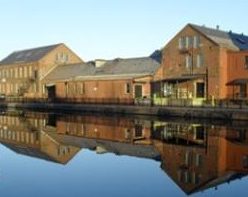- Private GROUP TOUR (COSTS) is one hour long for this church campus and neighborhood walking tour. It is fully outdoors. Also a one hour indoor presentation can be given.
- A free public tour comes up every five years.
- A self-tour is available for anyone using the maps and text seen below. – LOCATION
- Churches of Holyoke
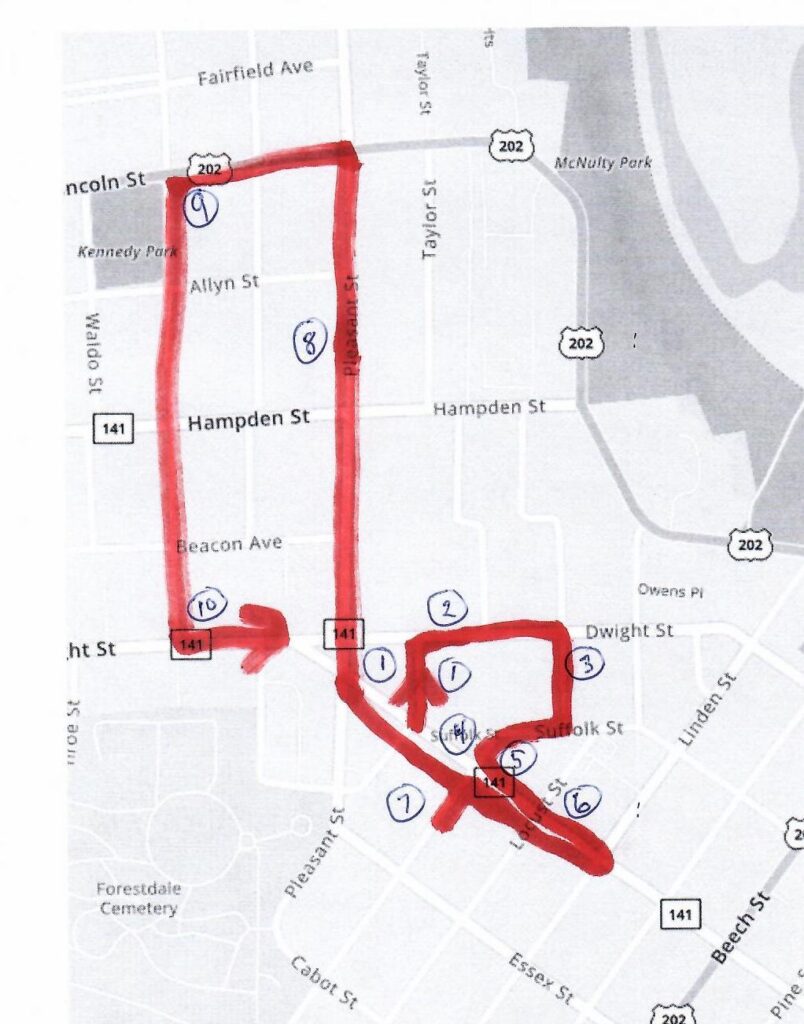
stop 1 – Holy Cross Church
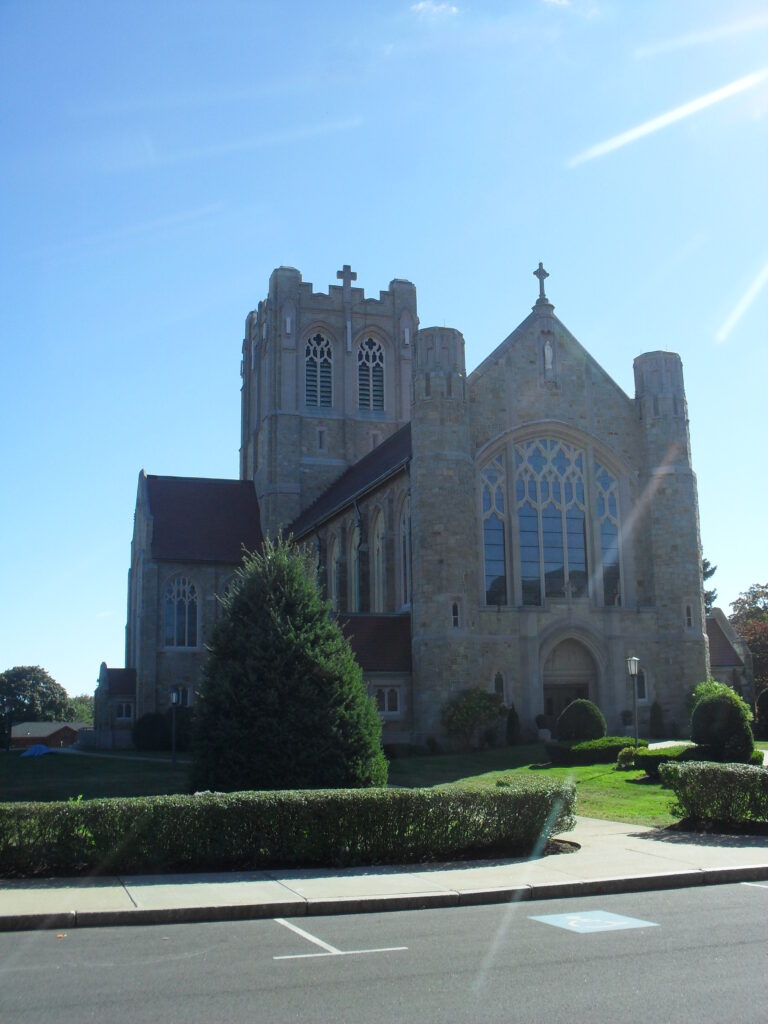
The Holy Cross Church (LOCATION) was started in 1905 as a mission church of the Saint Jerome Church of Holyoke. The first pastor John Ivers (starting Jan 25 1905) served for many decades until he died in 193. The first mass of the Holy Cross parish was in 1905 at the St Patrick’s Chapel at St Jerome’s. Then they moved to the top floor of the Highlands Grammar School for one year.
Holy Cross Mission Church and Its Rectory
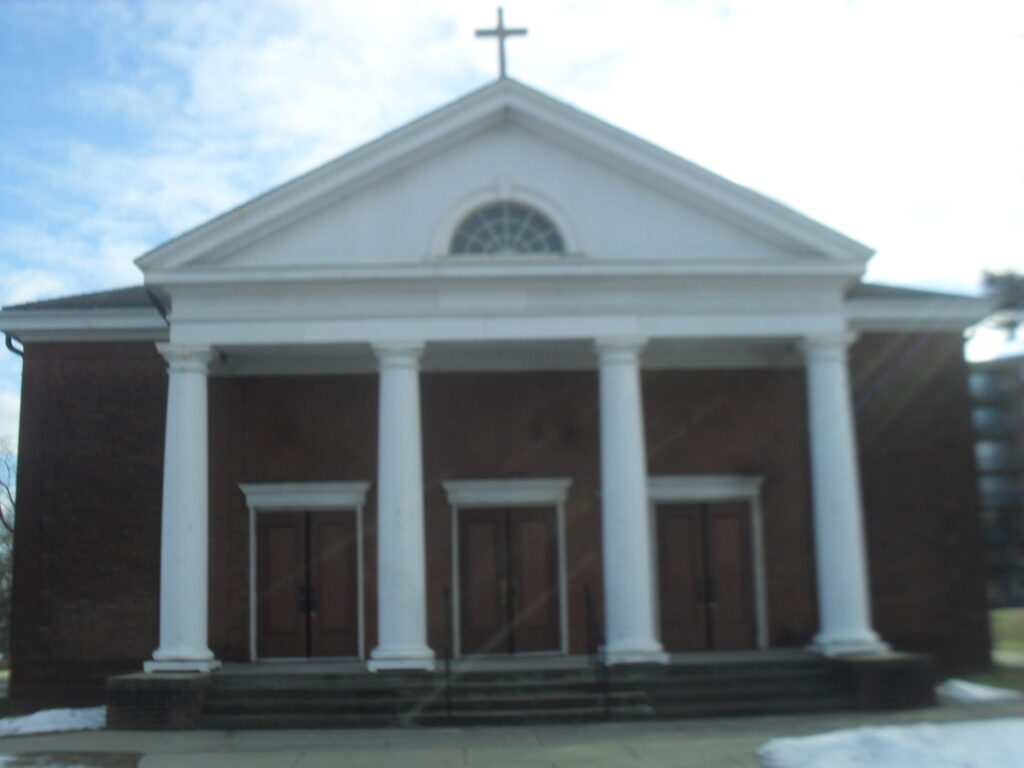
This mission church is still in place at the corner of Appleton and Pleasant Streets. This was the main church until the enormous church to the east was built in 1927. The architect of the brick mission church is PM Lynch. This Holy Cross Chapel started October 1 1905 and was dedicated December 10 1905. In 1913 an addition was added to this mission chapel. The original name was Highland Roman Catholic Church. After a few years it was called Holy Cross.
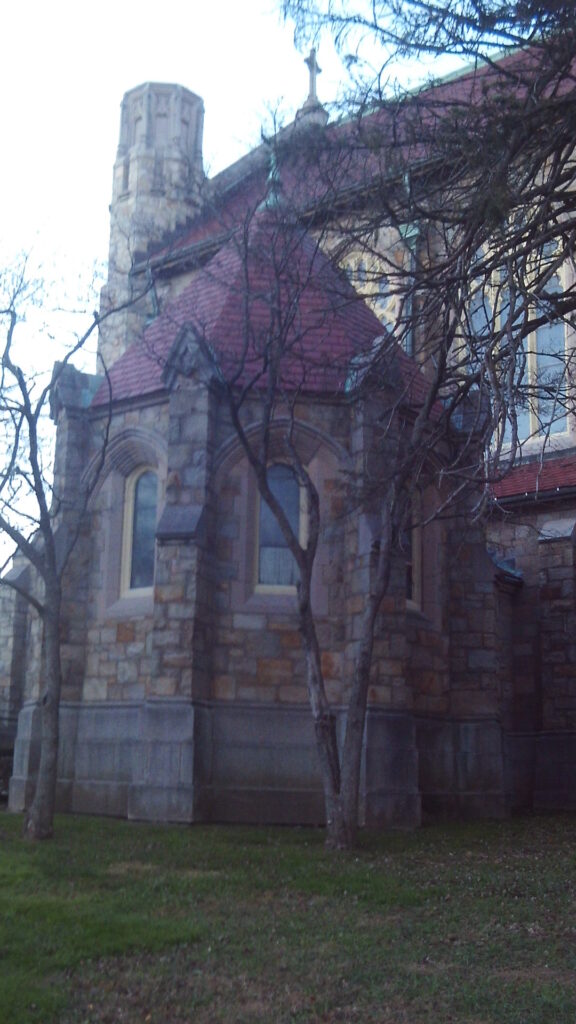
The modern church was modeled after a church in Ely England called Saint Etheldred and Saint Peter. The inside looks a lot like that cathedral but the outside does not. In 1911 the land called Holy Cross Square was purchased. This is the land that the church is on. In the summer of 1924 the foundation was started and in 1928 it was dedicated. The architect was John William Donohue.
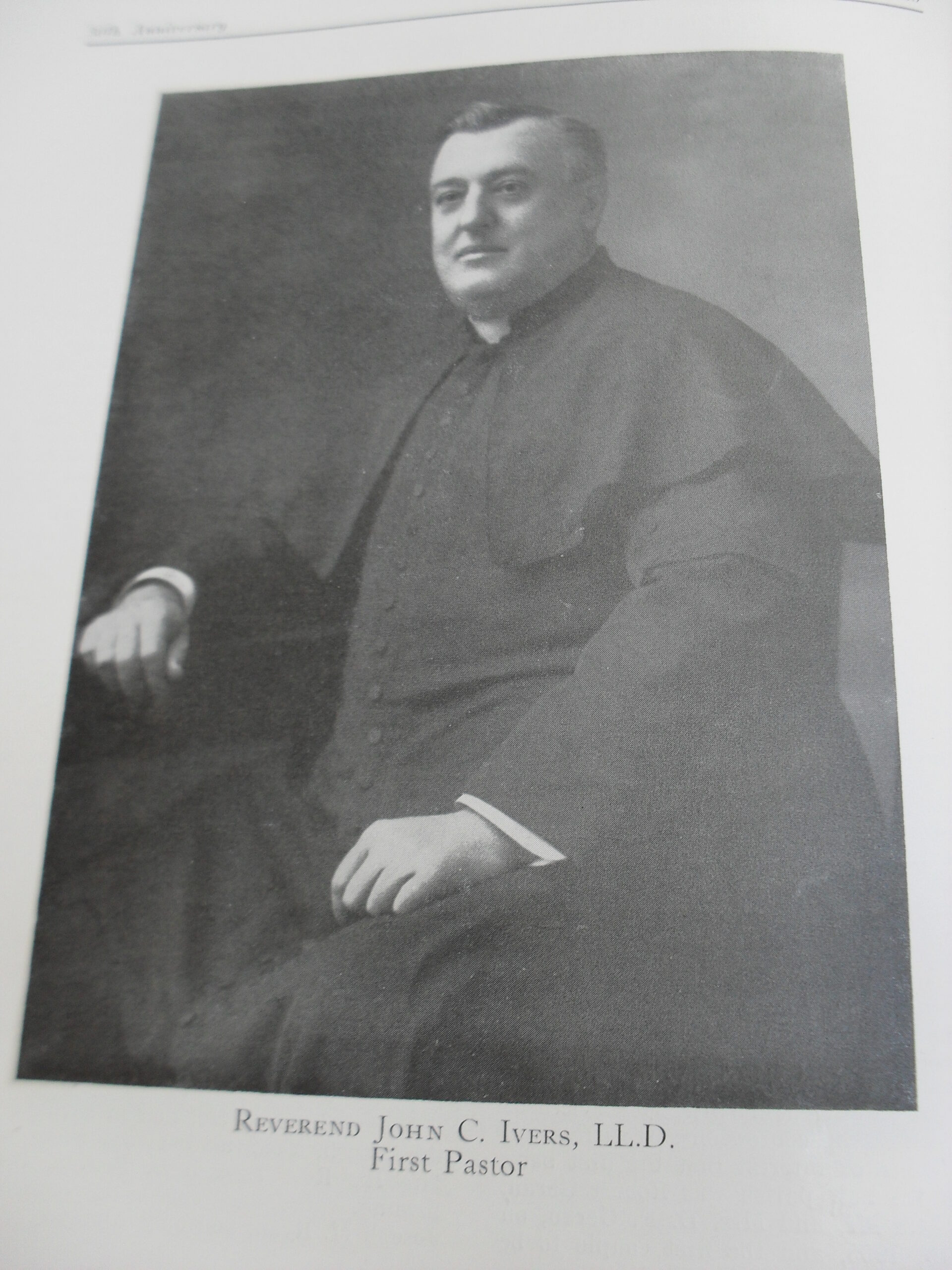
John Ivers was the first pastor of Holy Cross Church. He was pastor for 33 years at this church. He raised it from a mission church to a regular church and started many of its institutions. Holy Cross never had its own school system since the Saint Jerome School was only a short trolley ride away and most people at this point did not mind placing their children into public or private schools. The first rectory was in one of the three homes owned by the Lynch family in the triangle to the west of the mission church. What a great location this was to live since there were trolleys coming and going around here. The traffic area between Appleton, Dwight, and Pleasant Streets is called Sullivan Square.
Sanborn map analysis:
stop 2 – Dwight Street Architecture
From the Holy Cross churches down Dwight Street, we come to the Michael Cleary house first at 1137 Dwight Street (LOCATION). The Cleary family lived here for about one hundred years (1891 to 1985). The Cleary family were into construction and used this house as a model of Queen Anne Victorian architecture.
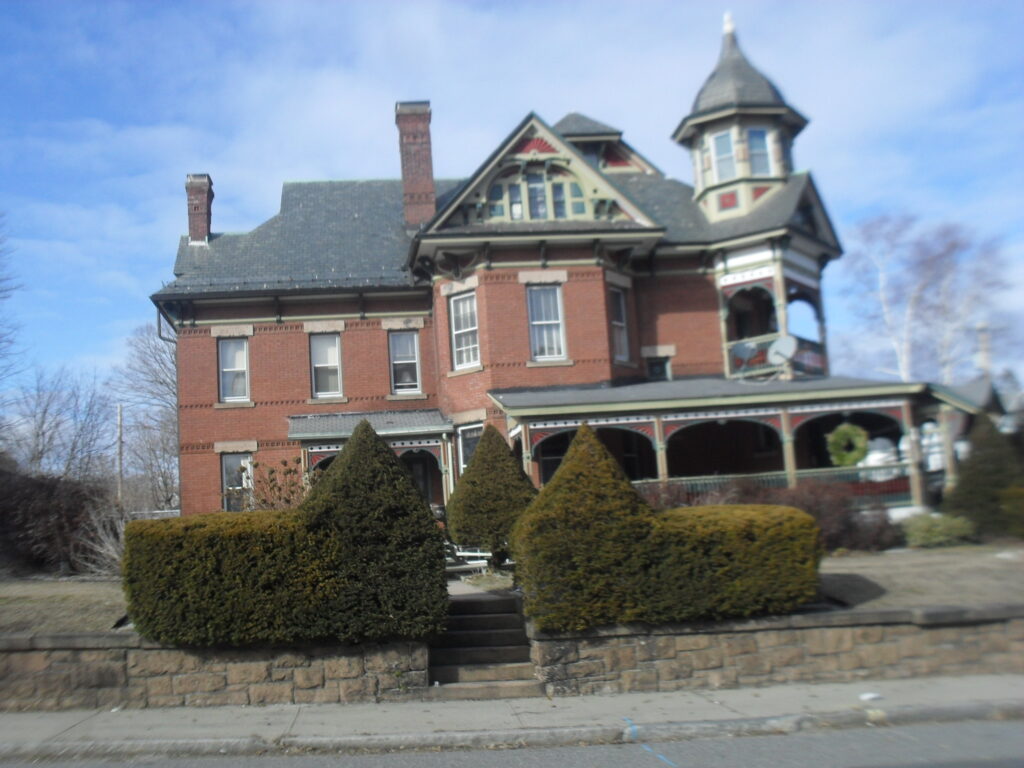
Next in line is the Michael Finn house at 1109 Dwight Street (LOCATION), and then the Edward O’Connor house at 1093 Dwight Street (LOCATION). Finn was a produce and brick dealer and O’Connor was a clothier.
stop 3 – Holy Cross Rectory – Old and Modern
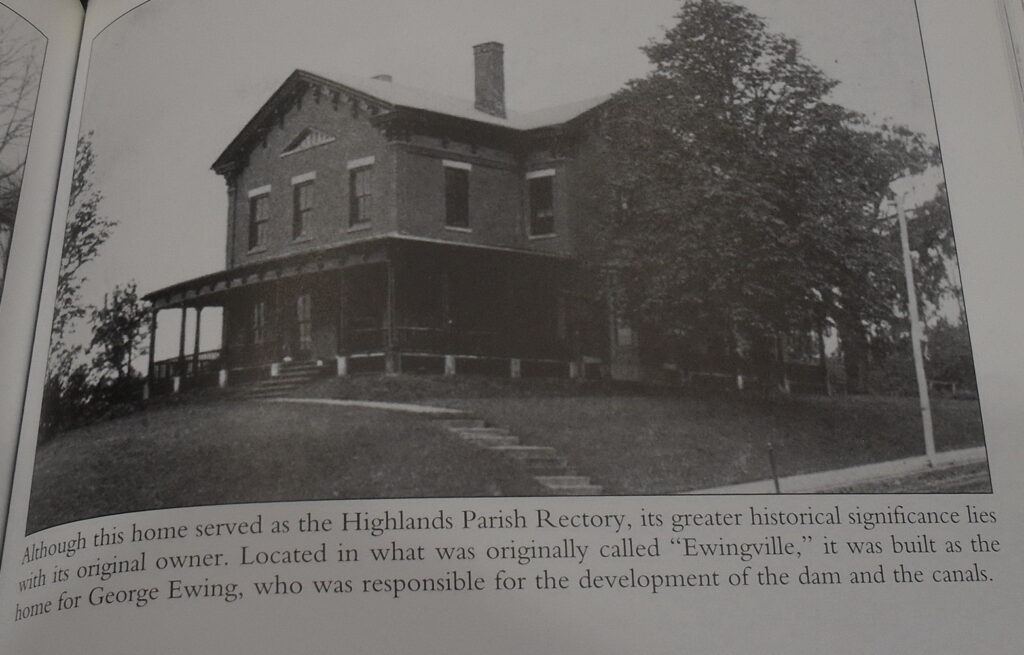
After only three months, Holy Cross got its second rectory. The second location for the Holy Cross Rectory was the George Ewing house. The Ewing home was bought and used as a residence for the pastor and his assistants. It was once located where the Holy Cross Church is now but was moved in 1923 to its present location on Clinton Avenue. Since there was a desire to build a large permanent church, this Ewing home was moved a couple of hundred yards to the east. It stayed as a rectory after that move.
Holy Cross Church has not had many pastors since most have served for long terms.
| pastor | name | image | start | ends | burial |
| 1st | John Ivers | 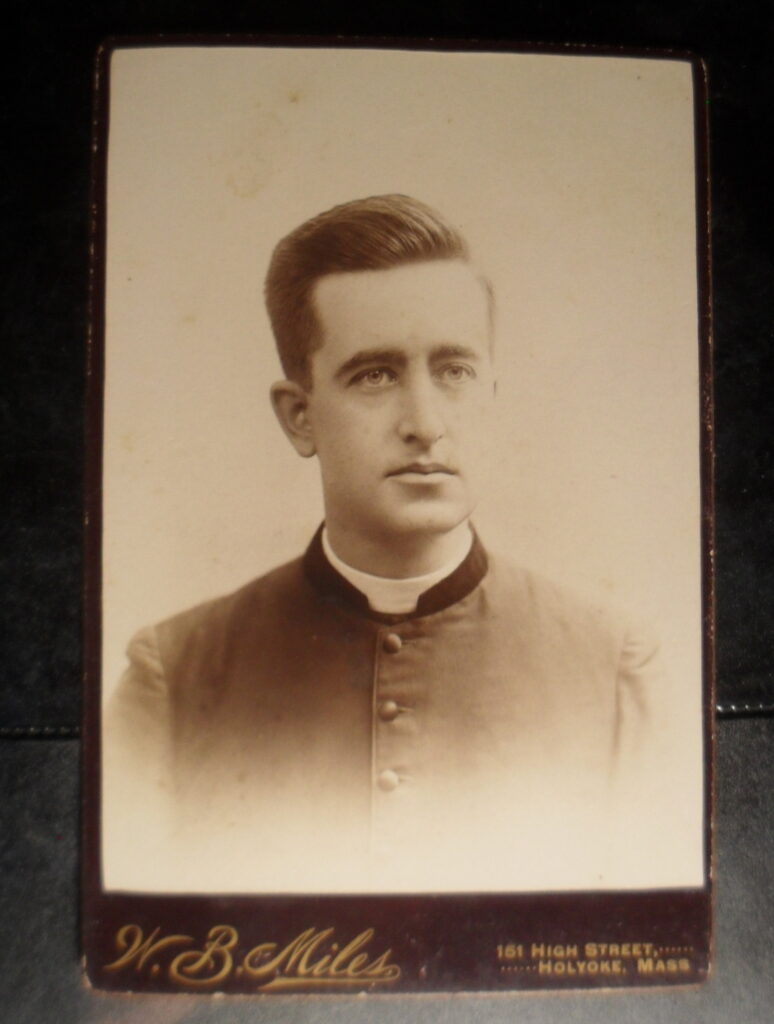 | 1905 | 1938 | Saint Michael’s Cemetery (Springfield) |
| 2nd | James Hanrahan | 1939 | 1967 | Saint Jerome Cemetery (Holyoke) | |
| 3rd | John Keaney | 1968 | 1971 | Saint John’s Cemetery (Worcester) | |
| 4th | John Harrington | 1971 | 1995 | Calvary Cemetery (Holyoke) | |
| 5th | Roland Galipeau | 1995 | Notre Dame Cemetery (South Hadley) | ||
| 6th |
stop 4 – John Kennedy Plaza
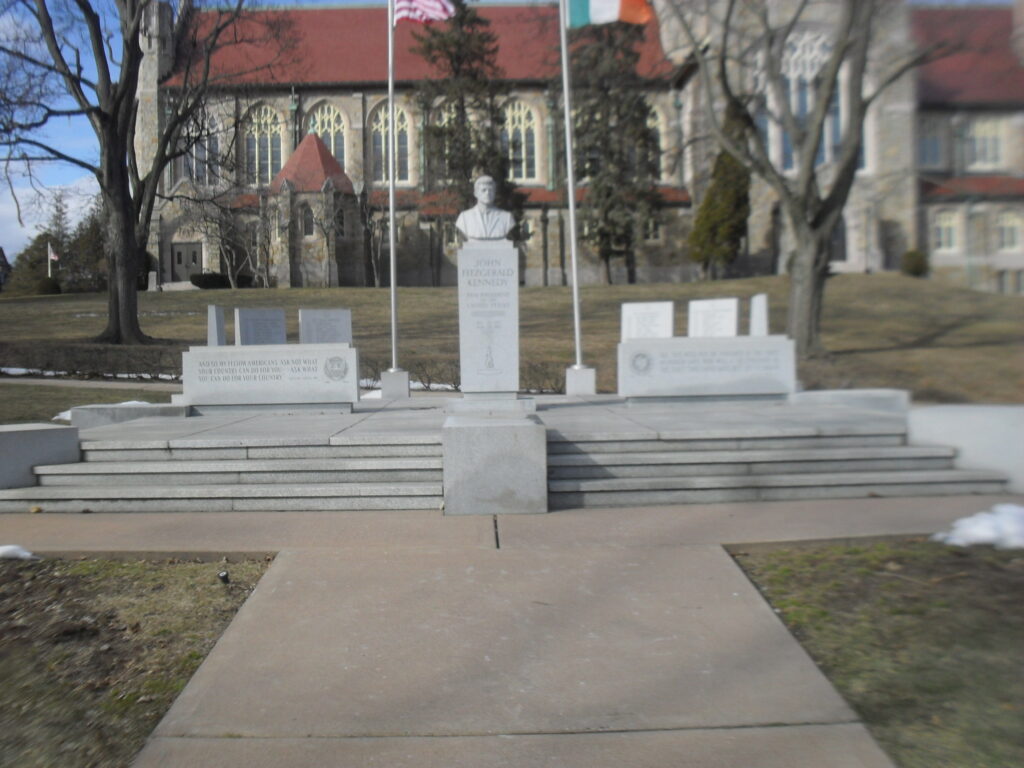
The plaza has memorials for the Grand Marshalls of the St Patricks Day Parade in Holyoke. (LOCATION) It used to be called Ranger Park at first but the city changed the name and the aspect after the 1963 death of John Kennedy who was one of the award winners in the 1950s. The city bought the park in 1898.
stop 5 – Appleton Street Architecture
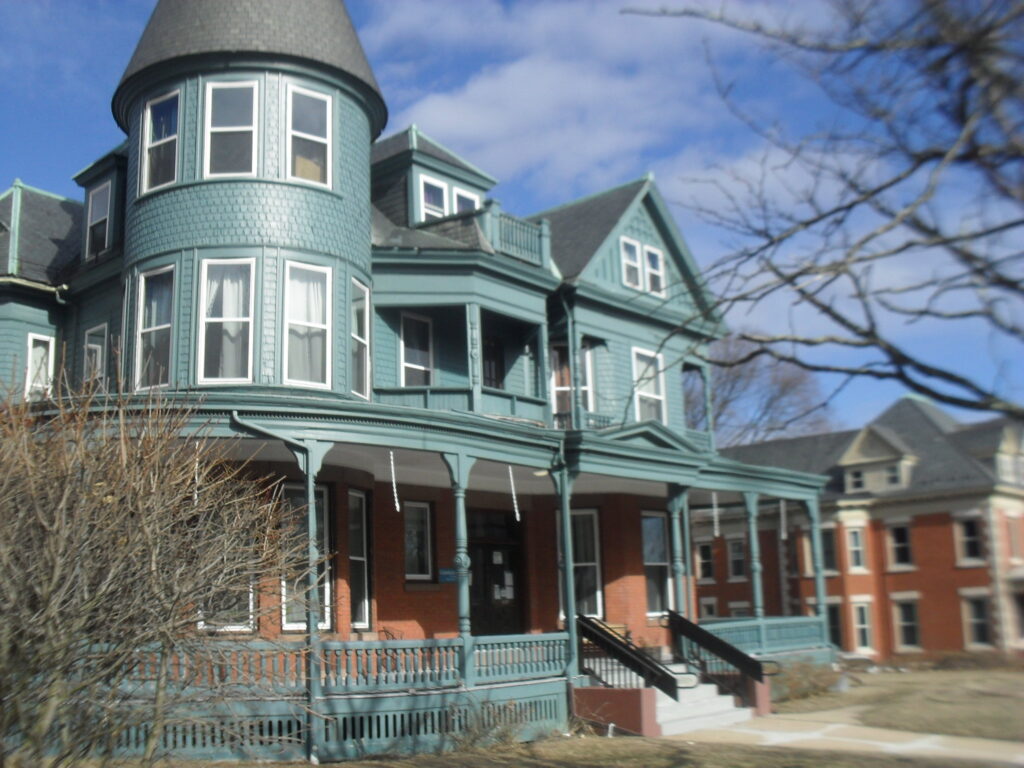
The third location for the Holy Cross Rectory is the former Caspar Ranger home at 507 Appleton Street (LOCATION). The home was used as a rectory from 1917 until 1975. It then became a parish hall for the church. When the trolley came to Holyoke in 1884. People knew where it would develop next. This is since the McKnight neighborhood of Springfield was the first planned residential neighborhood in the USA.
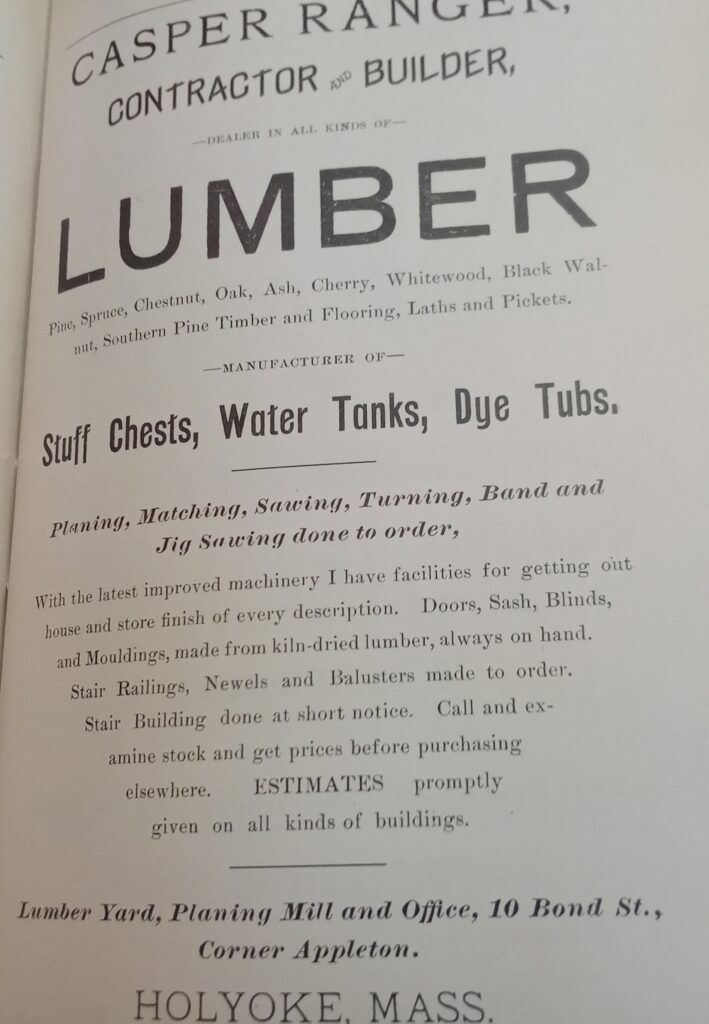
Holyokers knew the trolley would come up Appleton Street so Casper Ranger built his home here as advertisement. Casper Ranger’s construction firm was in charge of the City Hall and much more.
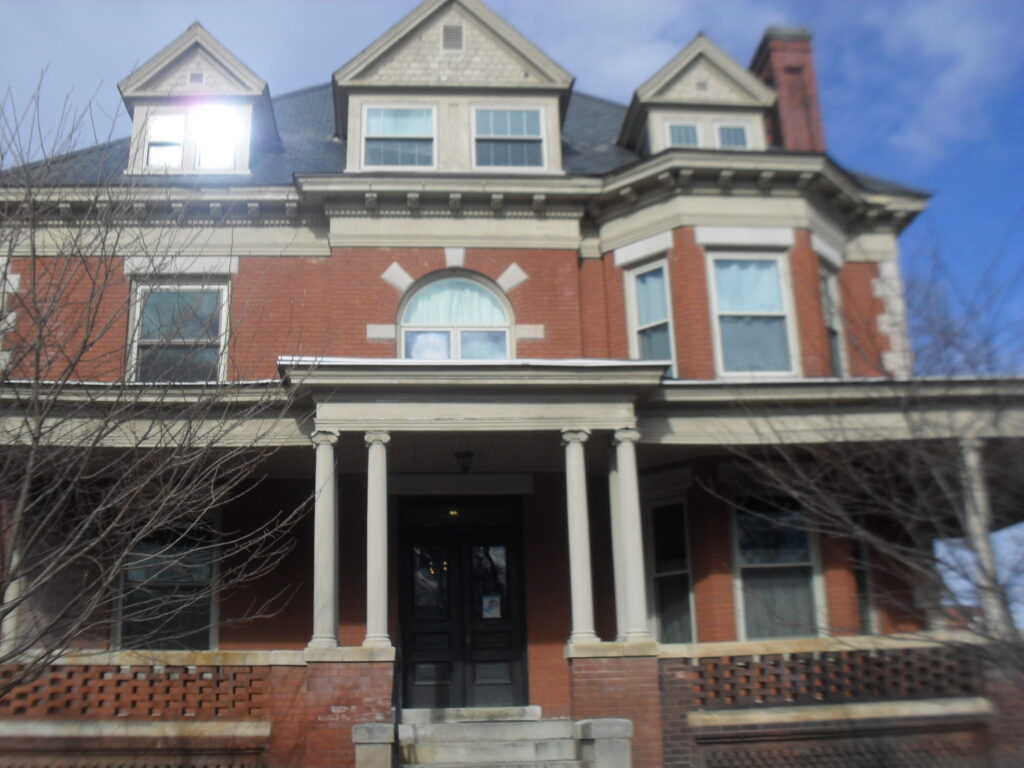
The next house down Appleton Street (495 Appleton Street) (LOCATION) is the Landers House. He owned a brick mill in South Hadley. Hence his home is mostly brick.
stop 6 – Saint Paul’s Episcopal Church
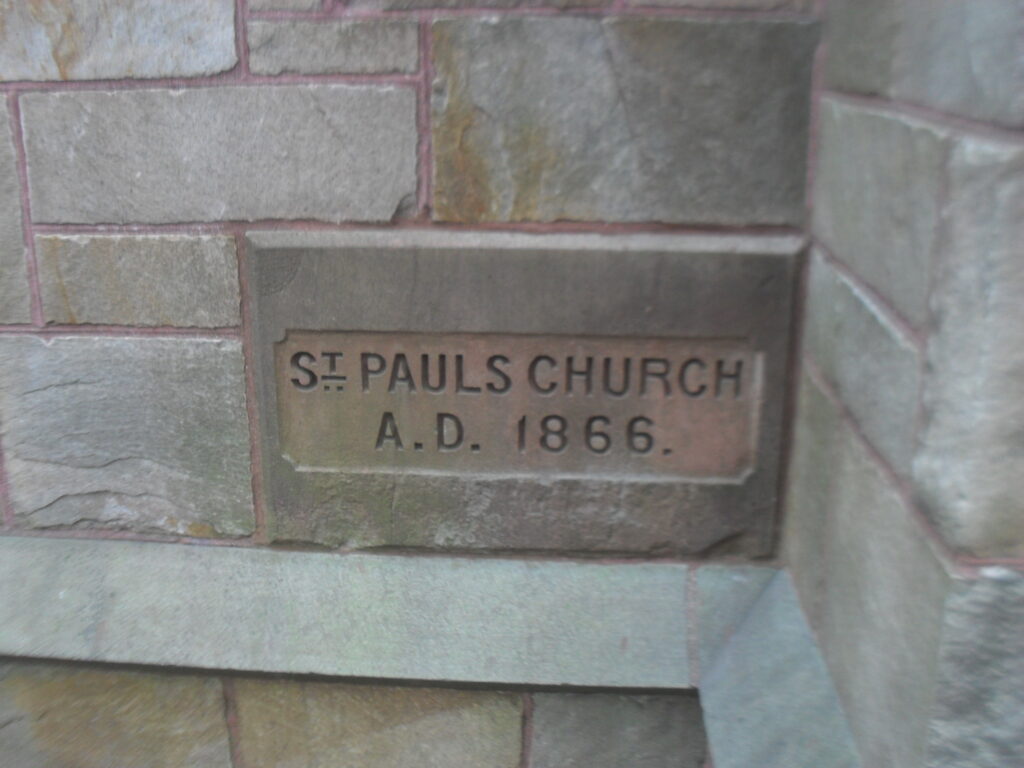
(LOCATION) Their church web page is found HERE.
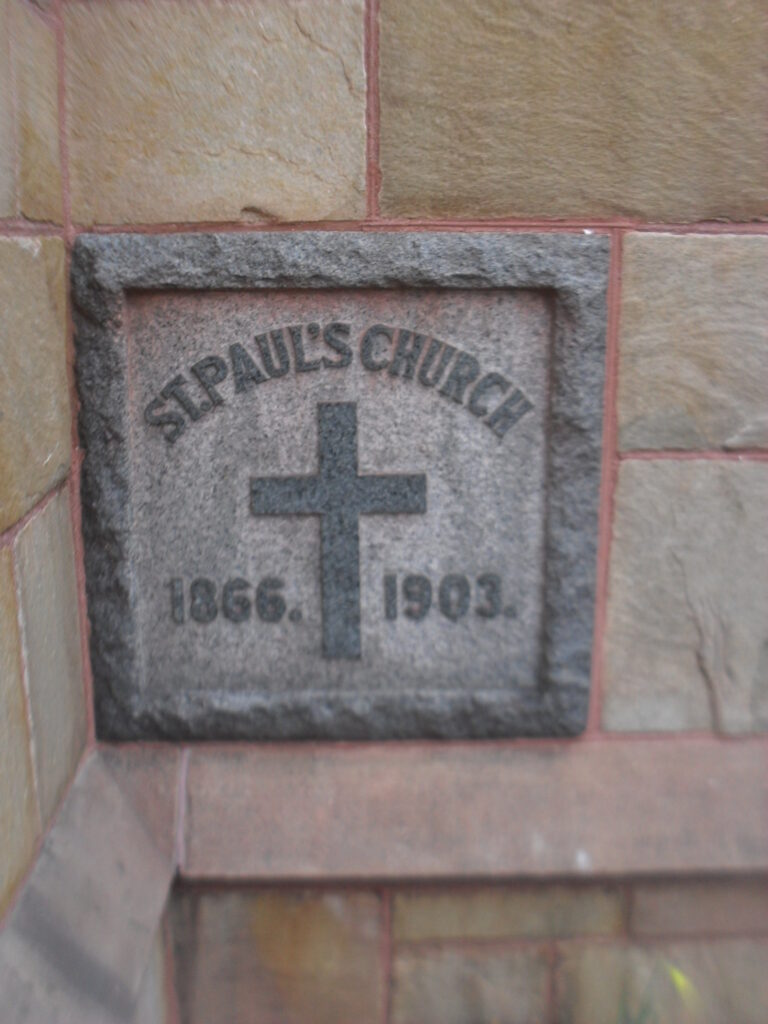
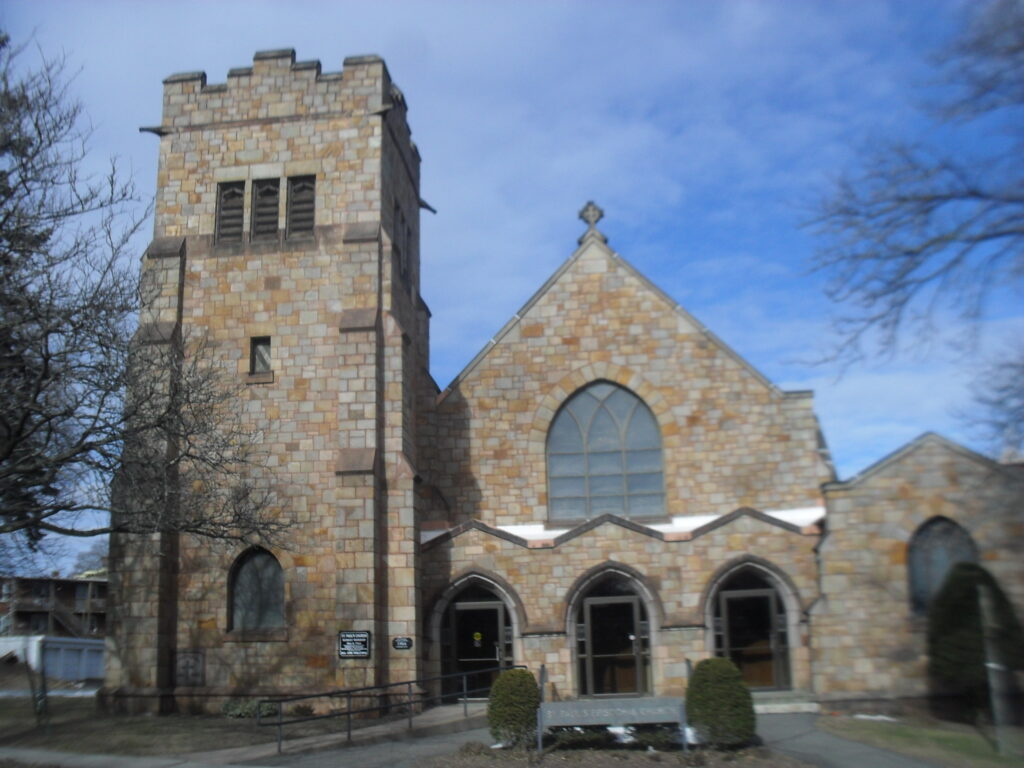
The congregation of this episcopal church started out in 1863. They had their own church by 1868 at the southwest corner of Suffolk and Maple Streets. In 1904 they built this gothic style church. The back attachment is part of the original church. In 1955 the hall at its back right was added. The stone is granite. The red coloring is due to the staining from the mortar.
Saint Paul’s Episcopal Rectory
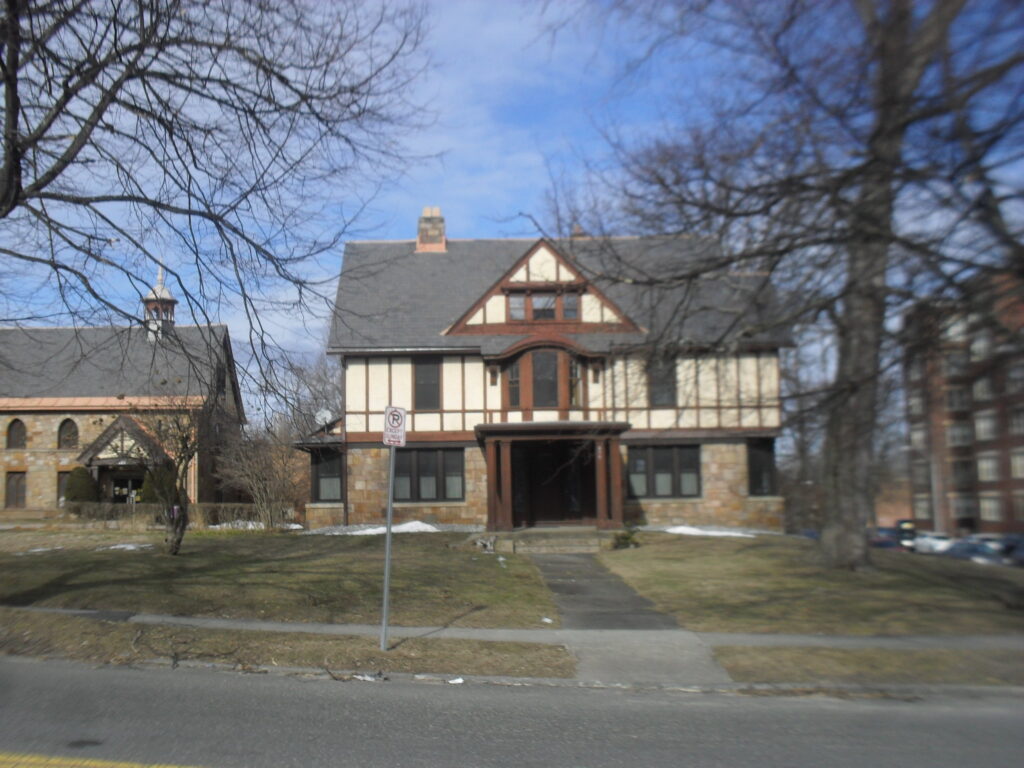
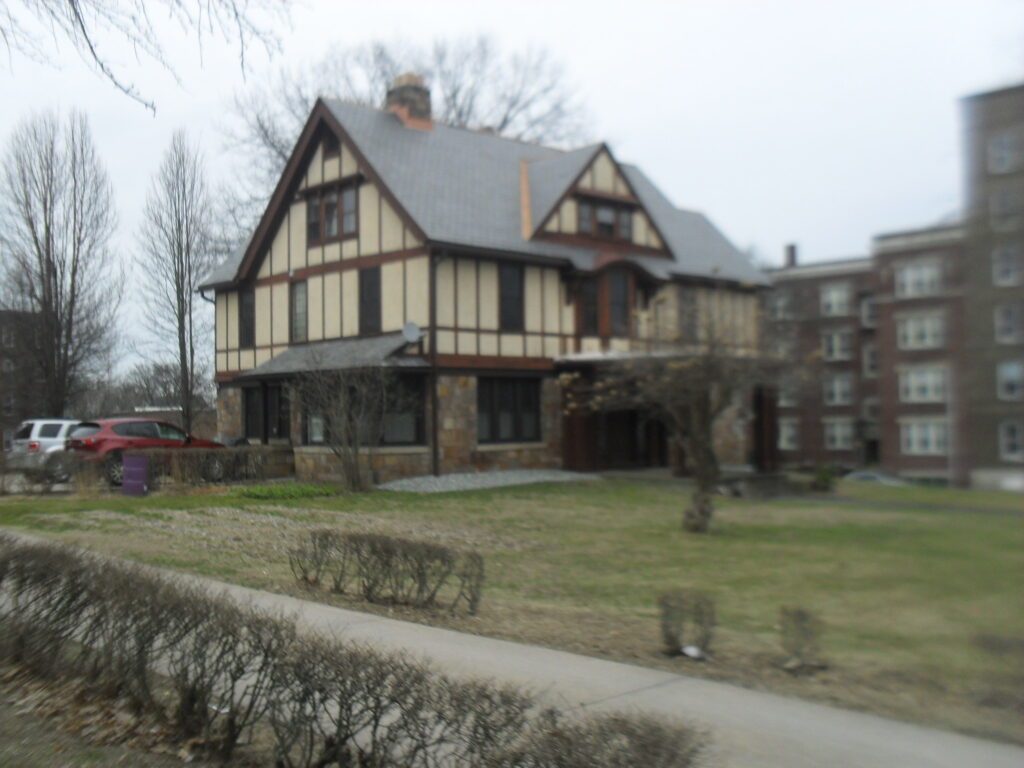

The rectory was built in the same time period as the church. It is made in the Elizabethan (or Tudor) architectural style. It was build for Henry Morrill their rector for a home in 1906 (at 475 Appleton). The second rector to use it was Franklin Knight who stayed here from 1915 to 1930. There is a social hall around the back of the church and rectory. This building was also used as daycare.
Sanborn map analysis of the St Paul’s Church
stop 7 – Towne Home
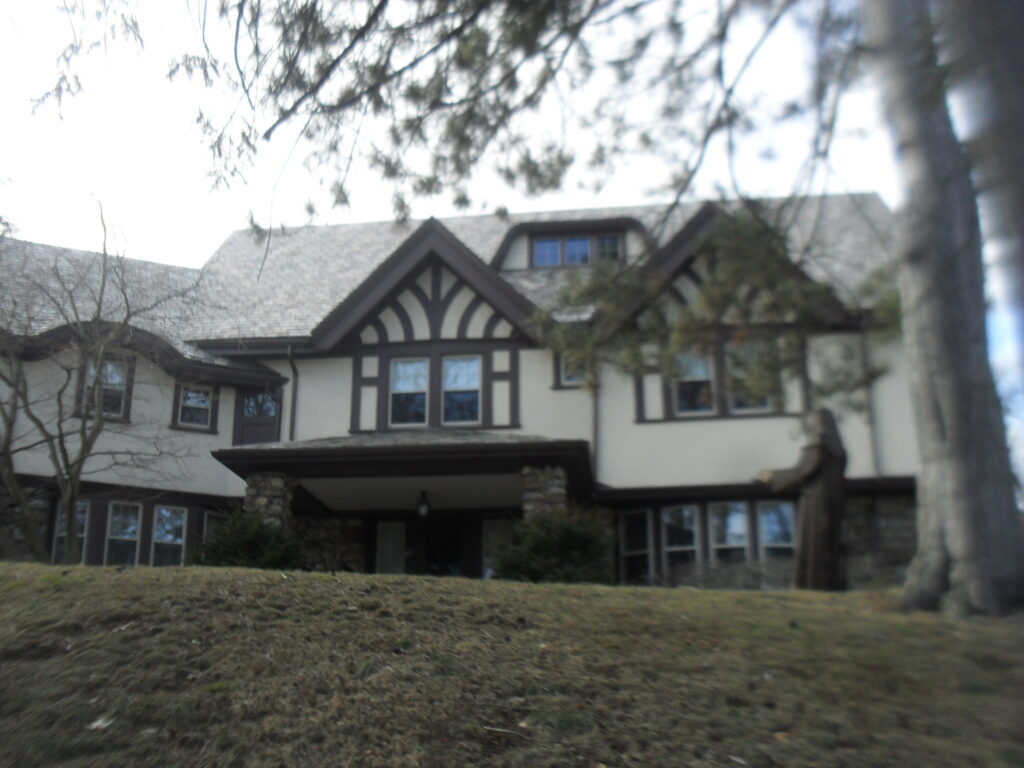
The fourth, last, and current rectory for the Holy Cross Church is at the west corner of Appleton and Sycamore Streets. (23 Sycamore Street – LOCATION) This is the Frank Towne House and was built in 1904. Holy Cross took it over in 1975 as a gift from the Towne family.
stop 7A – First Congregational Church of Holyoke
(LOCATION)
The First Congregational Church of Holyoke started out in the 1700s as the Second Congregational Church of West Springfield and was located where the KMart Plaza is today. By the 1820s he had moved to where the Lynch School is today.
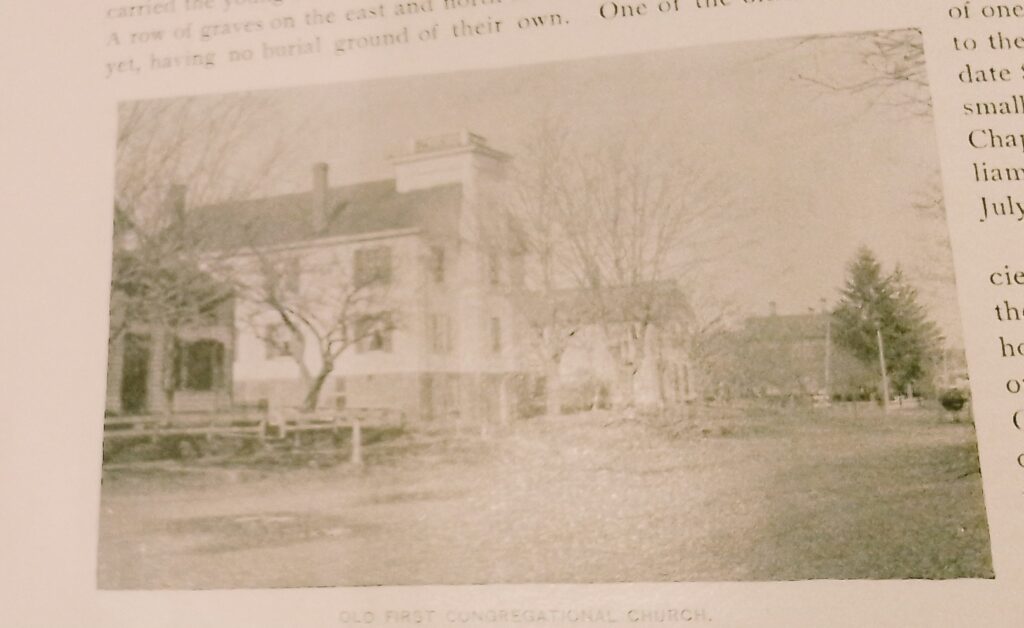
It started its own cemetery in 1828 across the street at the corner of Hampden and Northampton Streets. That cemetery was moved in 1886 to mostly the Forestdale Cemetery. The church also changed location – this time to the church that now stands on Pleasant Street.
The first construction at this location was the chapel that was completed in 1887. It had a steeple. See the Sanborn map below. One can see the angled trim off the chapel’s steeple. This proves that the chapel and church were made at different times.
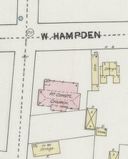
The main church was built alongside it and was completed by 1893. The parsonage was from the 1820s to the 1886 changeover was adjacent to the Northampton Street church. It bordered it to the north.
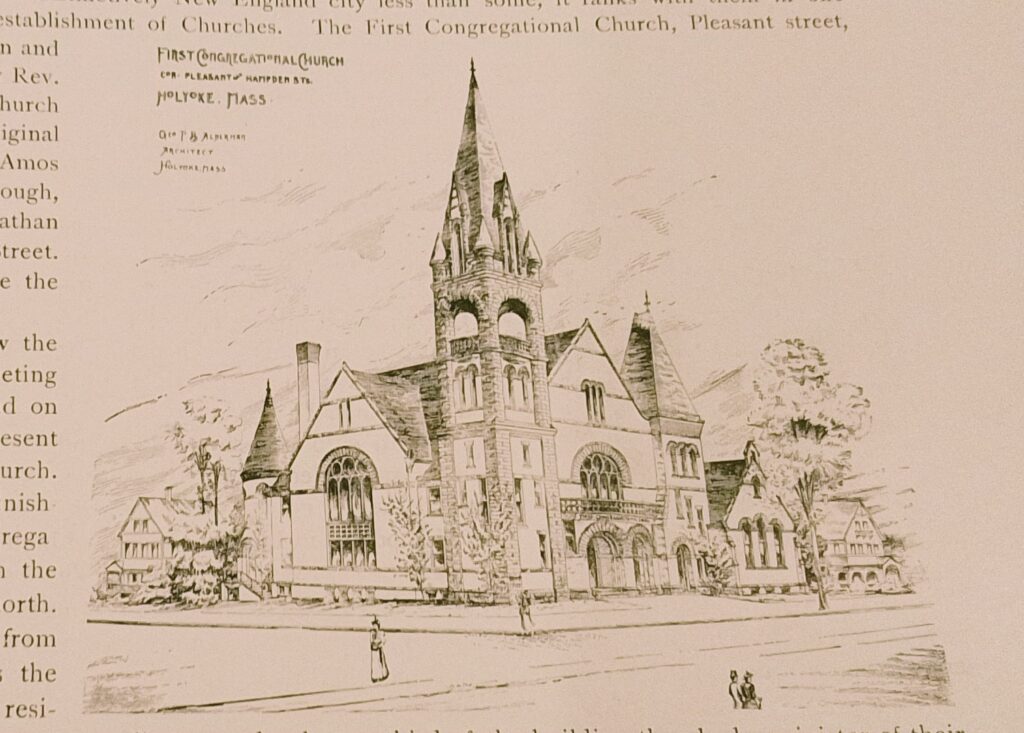
The Second Congregational Church of Holyoke was opened in 1853 at the corner of Dwight and High Streets. It moved in the late 1800s to the corner of Appleton and Maple Streets. The churches began to unify and that recent history is at this LINK. The Grace Church (which started in the fall of 1878) is one of the churches that it unified with. [A fine book called Amazing Grace by Dr Stanley from 2012 is worth the read.]
stop 8 – Parsonage of the First Congregational Church
Perhaps the most beautiful home in the Highlands is at 445 Pleasant Street. (LOCATION) It is the home built for Joseph Houston. He was married to one of the three nieces of Whiting Street. Upon his death in 1878, he gave his money to many towns in the area as charity and to his nieces. This Queen Anne Victorian house is from 1895.
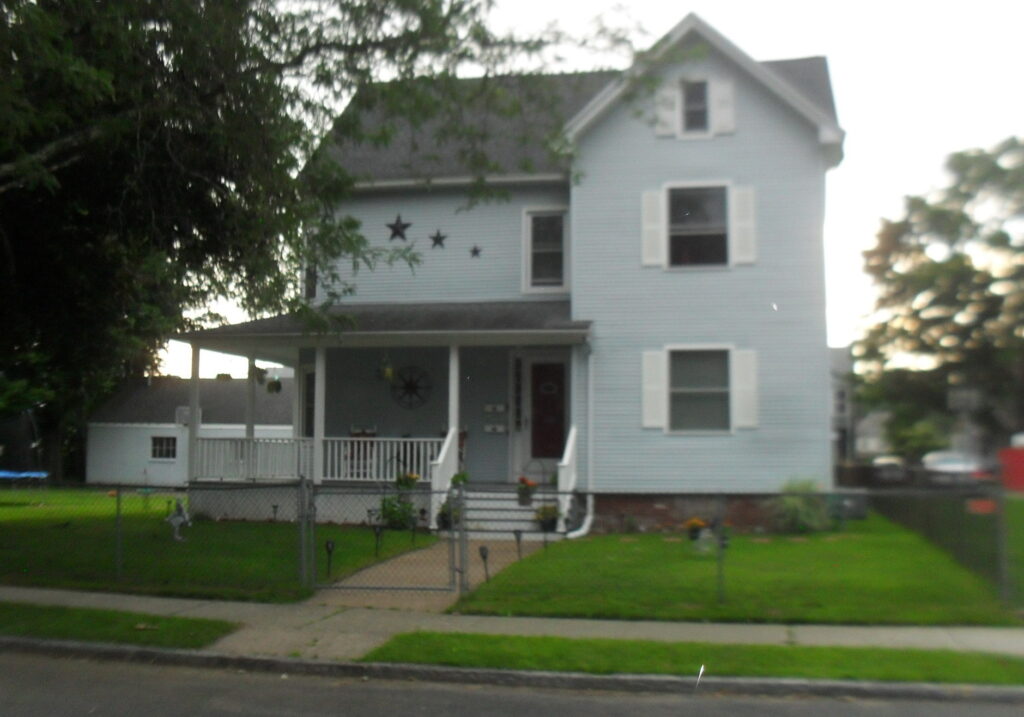
Cut now up Allyn Street to the left and then a half a block up Pearl Street to the right. The house at 135 Pearl is the former parsonage of the First Congregational Church. It operated as such for about a half century. During the changeover year of 1886 the parsonage was changed to this Pearl Street home from Northampton Street. The street number has changed from 13 to 59 to 135 but it is the same house. It lasted until 1930 as a parsonage so 44 years as such. Then it moved to 9 Williams Street for about 15 years and then no parsonage at all.
stop 9 – Methodist Episcopal Church
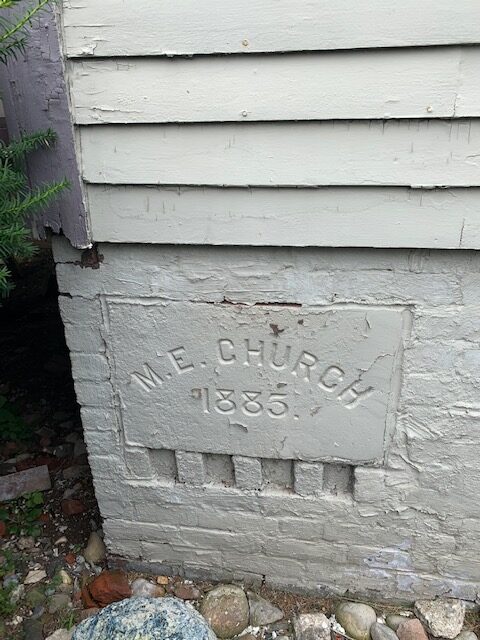
This church is at the southeast corner of Lincoln Street and Nonotuck Street. (76 Lincoln Street – LOCATION) Its original church in Holyoke was on Main Street. In 1886, the members of that church started a mission church for itself at this location. The parsonage for the Highlands Methodist Episcopal Church is the home to the east adjacent to the church. (72 Lincoln Street – LOCATION) (The first parsonage was at the southern end of Taylor Street – address number 78 – but it lasted less than a year.)
The book Story of the Holyoke Churches by Osgood is available online.
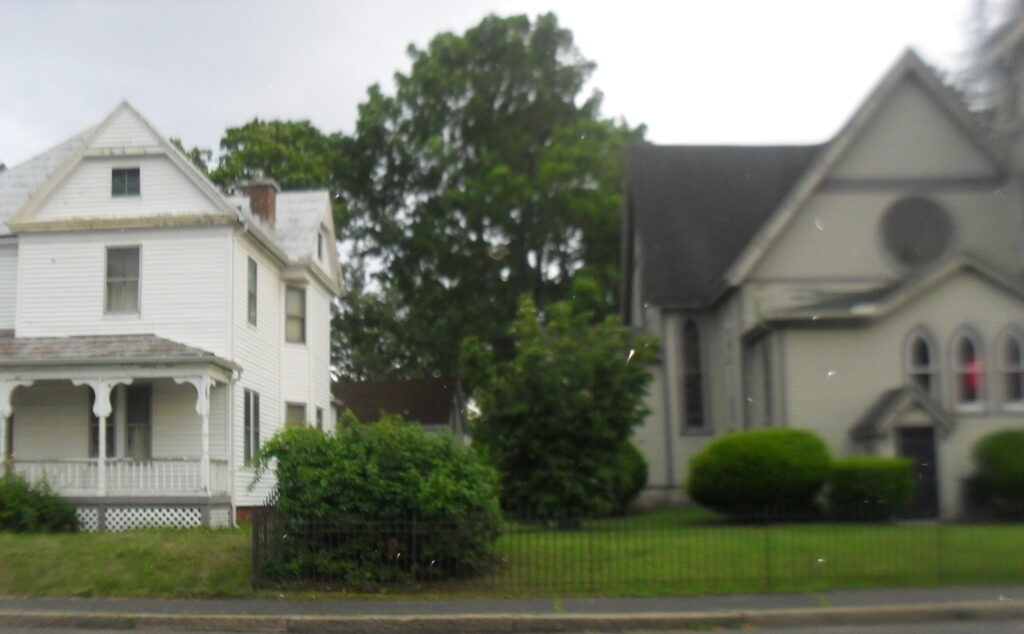
This church was called the Highlands Methodist Episcopal Church. Its parent church was called the First Methodist Episcopal Church. It might have started on Main Street at the southeast corner with Appleton Street but it ended up at the northeast corner of Elm and Appleton Streets. This move happened in 1890. This Appleton Street church was still there in the 1950s. The origin of the church in Holyoke is known to be in 1853 but the location was never a firm place. In 1869 it had its own building on Main Street. In 1968 the United Methodist Church of Holyoke South Hadley and Granby was formed. It is on Carew Street of South Hadley.
| Russell Lisle | 1922 | ||
| Fred Estes | 1904 | ||
| G M Smiley | 1912 | ||
In 1926 the Highlands Methodist Episcopal Church might have dissolved but the Bethel African Methodist Church came into being. It was on Park Street in Holyoke before it moved to another community.
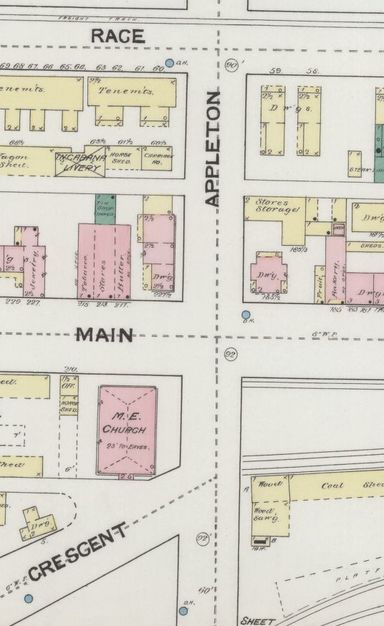
The Highlands ME Church lasted until 1926. At that point it was sold to the Christian Science religion. Better called the First Church of Christ Scientist, it lasted here until past the 1980s when it became a home.
stop 10 – Highlands Neighborhood along Nonotuck Street
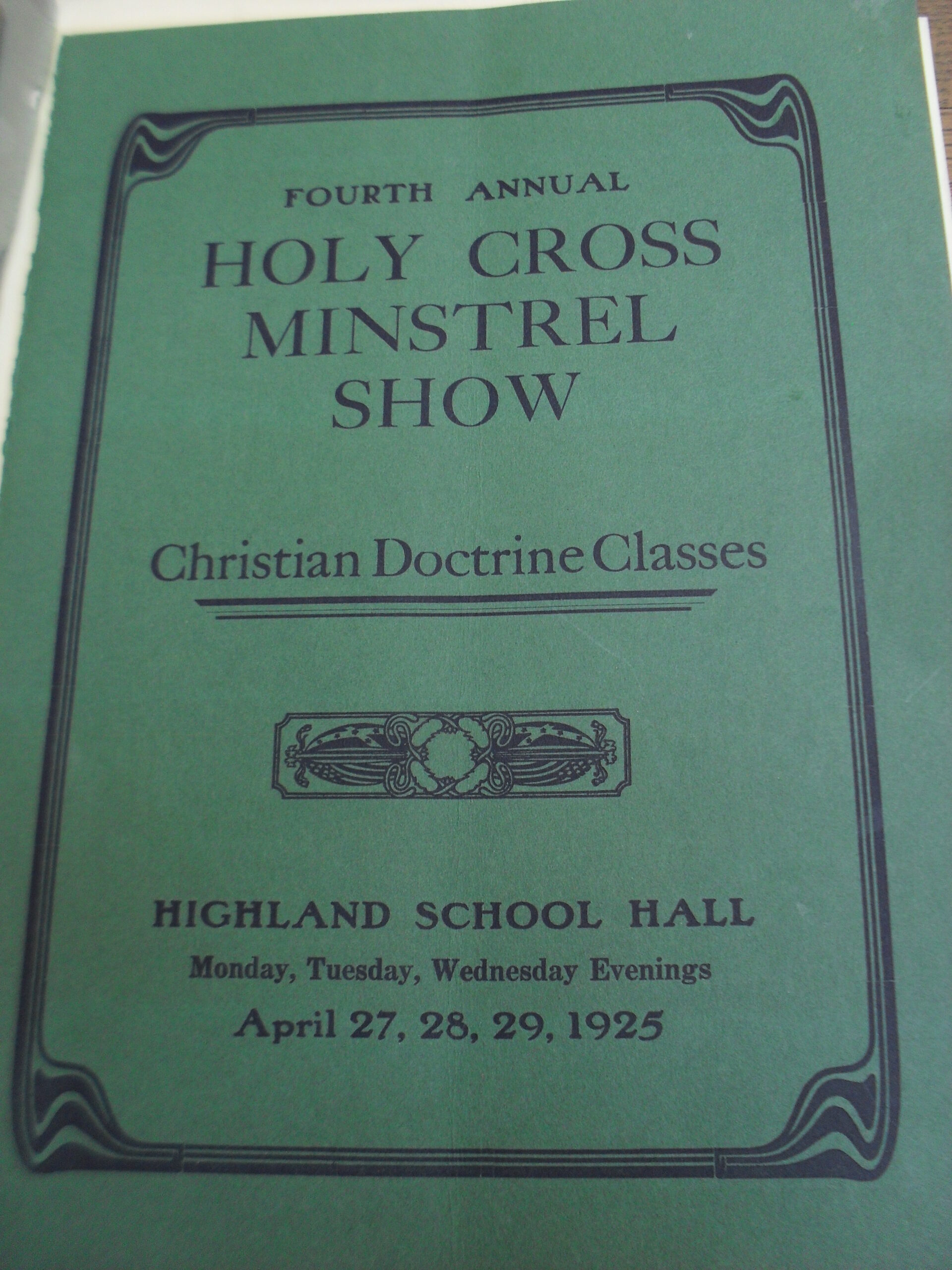
The Highlands have many beautiful mansions and structures. There was great growth in the Highlands when a trolley route was made up Appleton Street and up Lincoln Street. The neighborhood grew so quickly that it needed a school – The Highland Grammar School. This was used as an auditorium for the Holy Cross Church for its signing groups. The Highland Grammar School was built in 1905. It was a large three floor building.
[STORY about reproductions of artwork at the Highland Grammar School. Where is this art now?]
From at least 1920 to 1926 there was an annual production at the Highland School Hall and then at the Holy Cross Church Hall. The production was called the Holy Cross Minstrel Show.
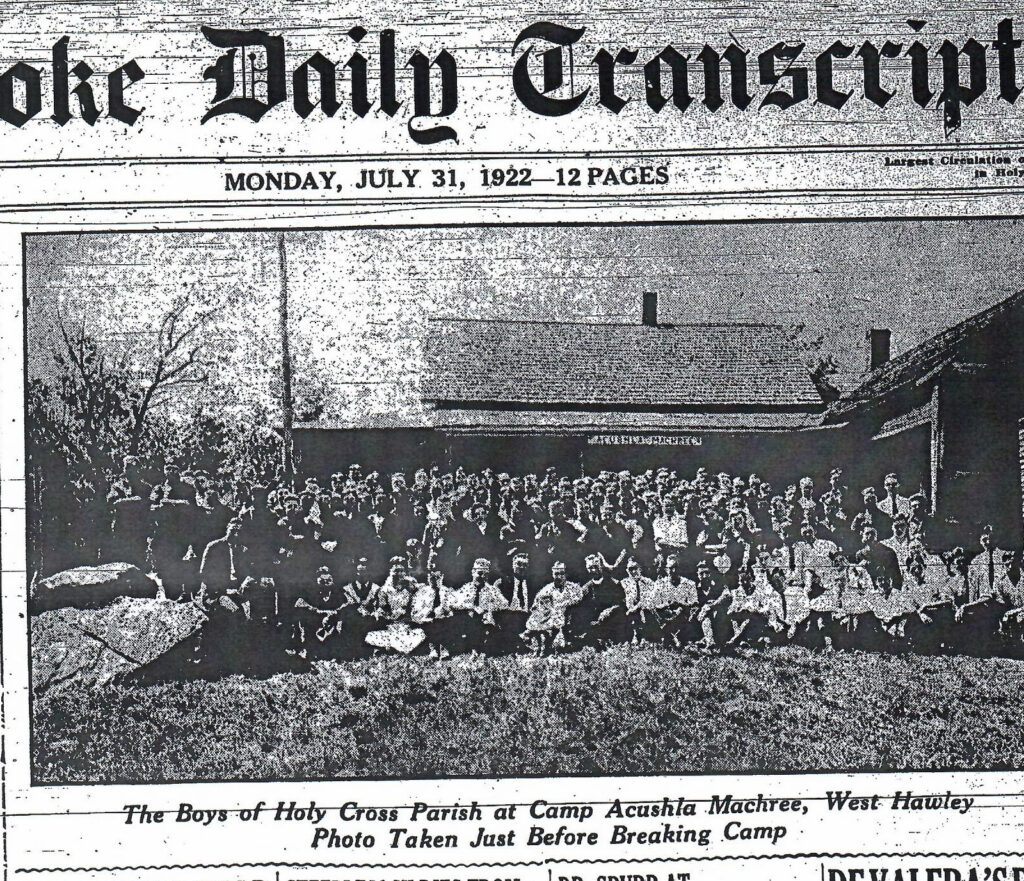
Holy Cross also purchased (on July 28 1923) a 125 acre parcel of land in Goshen and turned it into the Holy Cross Boys and Girls Camp. Before that they used a camp in West Hawley of Franklin County called Camp Achushla Machree.
The Edward Kennedy Park (TOUR LINK) is now located in place of the school. He was a student at the school and then at Sacred Heart High School. He won the Silver Medal, the Bronze Medal, and the Purple Heart. He was killed in action in Germany on October 31 1944.
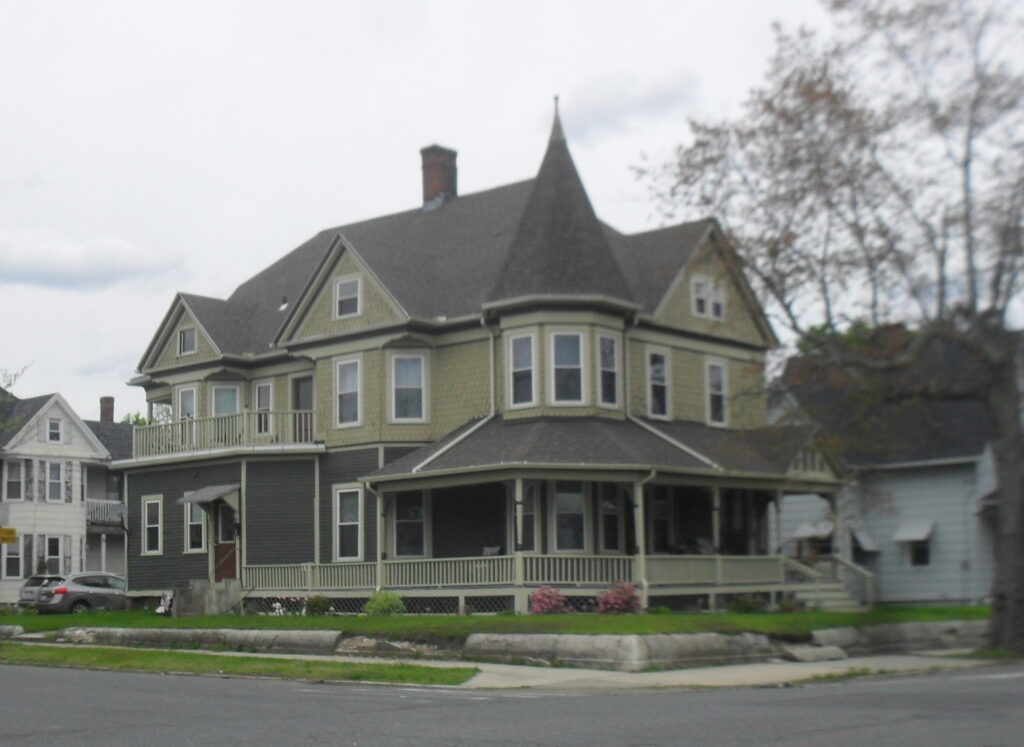
Walk along Nonotuck Street and admire the architecture of the street. At the northeast corner of Nonotuck and Dwight Streets, you will find the Queen Anne Victorian Home of Michael Dalton. This home was built in 1893. From 1915 to 1926 is was the home of Samuel Epstein the founder of Epstein Furniture.
